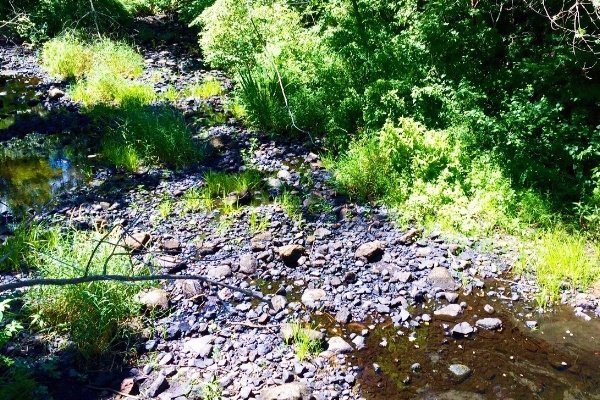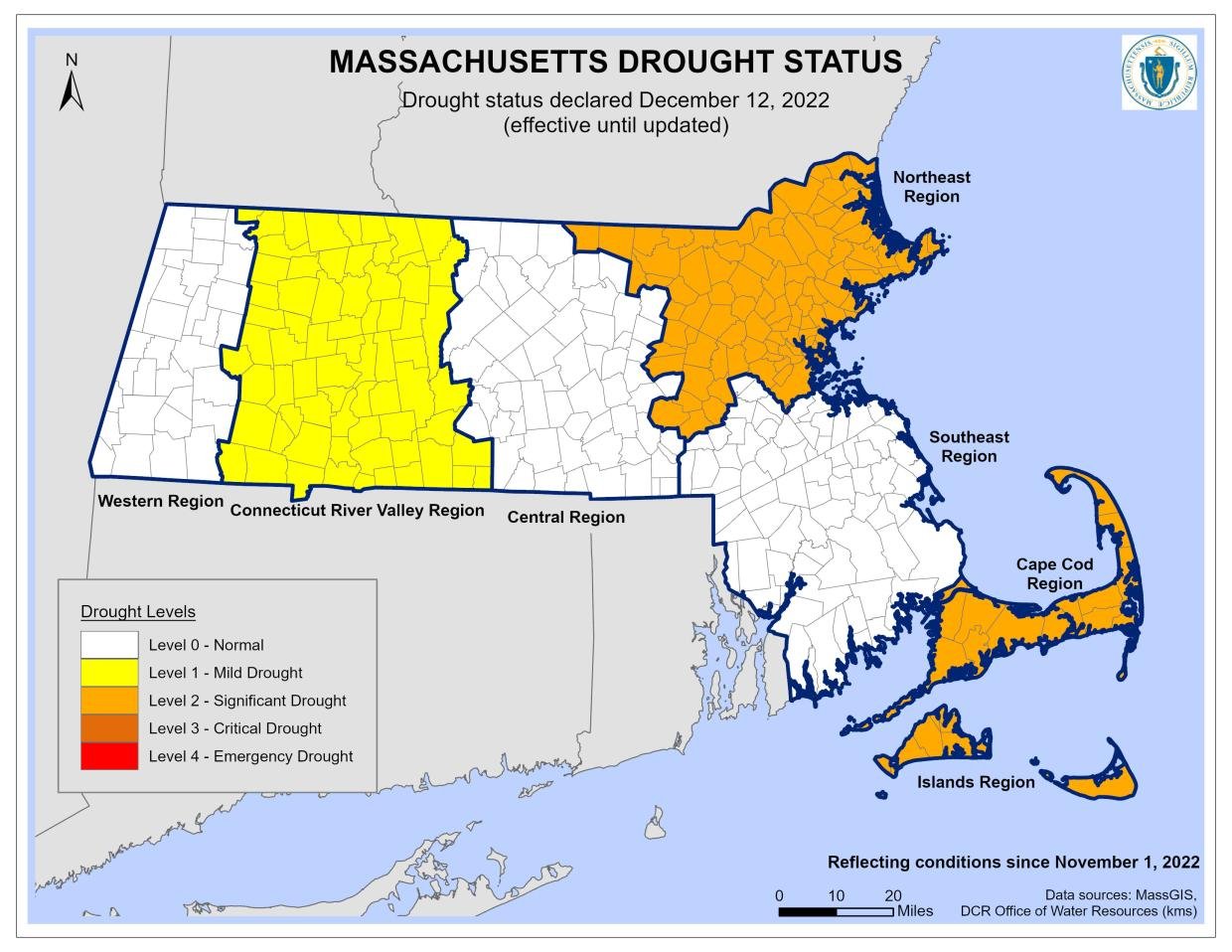
DROUGHT
Protecting the Charles in a changing climate.
With climate change, droughts are becoming more frequent, long-lasting, and severe.
In 2016, our watershed experienced the most significant drought since the 1960s with record low water levels and groundwater levels. Then again in 2020. And now, 2022.
Drought has devastating consequences for the river ecosystem, wildlife, and all of us who depend on healthy rivers for drinking water, recreation, and enjoyment. Severe flash droughts have caused portions of the Charles River to run low, and several tributaries to dry up completely.
This puts our river and all who call it home in danger—droughts destroy important wildlife habitats, degrade water quality, and put our drinking water sources at risk for communities who rely on well water.
What we are doing about it:
We are closely tracking the impacts of drought, advocating for more effective water and drought management, and educating the community on water conservation.
DROUGHT MANAGEMENT BILL
Our watershed is already seeing more frequent, severe droughts, however, even during extreme droughts, the state cannot require outdoor watering restrictions, it can only recommend them. Instead, it's left to cities and towns to decide, and since water does not respect municipal boundaries, overuse in one community impacts the whole watershed.
When drought starts, we need a state-led, coordinated response to enact water conservation mandates at the watershed or regional level to better protect our rivers, ecosystems, and communities. The Drought Management Bill does just that–– it would give the state the power to require outdoor watering restrictions at the regional level during declared droughts, ensuring consistency and fairness, and protecting our rivers and water supplies.
WATER MANAGEMENT ACT
The Water Management Act regulates withdrawals from ground and surface waters, yet for decades, more than 50% of non-essential public water supply didn’t have any water conservation requirements, even during drought.
Antiquated allowances issued in the 1980s, before we even considered climate change and growth would impact our rivers, allowed large non-essential water users ––golf courses, athletic fields, and others––to continue withdrawing groundwater even during drought.
After years of advocacy, MA Department of Environmental Protection (DEP) released new regulations that will apply to ALL non-essential water withdrawals, not just new and increased ones. For the first time, 63 public water suppliers and 87 golf courses will now be required to conserve water during devastating droughts, closing a long-standing loophole that allowed overuse of water resources at the expense of our rivers.
LOW FLOW MONITORING
In 2023, we piloted a volunteer monitoring program to track depth levels at streams and tributaries in our watershed that are not currently monitored.
This data gives us a better idea of how water consumption and drought are impacting our watershed and helps inform future water management decisions.
What can you do?
WE CAN ALL MAKE A DIFFERENCE BY CONSERVING WATER!
Water conservation shouldn’t wait until drought hits—you can be a good steward of our river by conserving water year-round by planting native plants and replacing your lawn with a more diverse, sustainable landscape.
Explore simple ways you can conserve water indoors and outdoors.
Check your city or town’s outdoor watering restrictions.
Plant native species, build a rain garden, and transform your lawn.
Speak up for better drought management to protect our water resources.





















